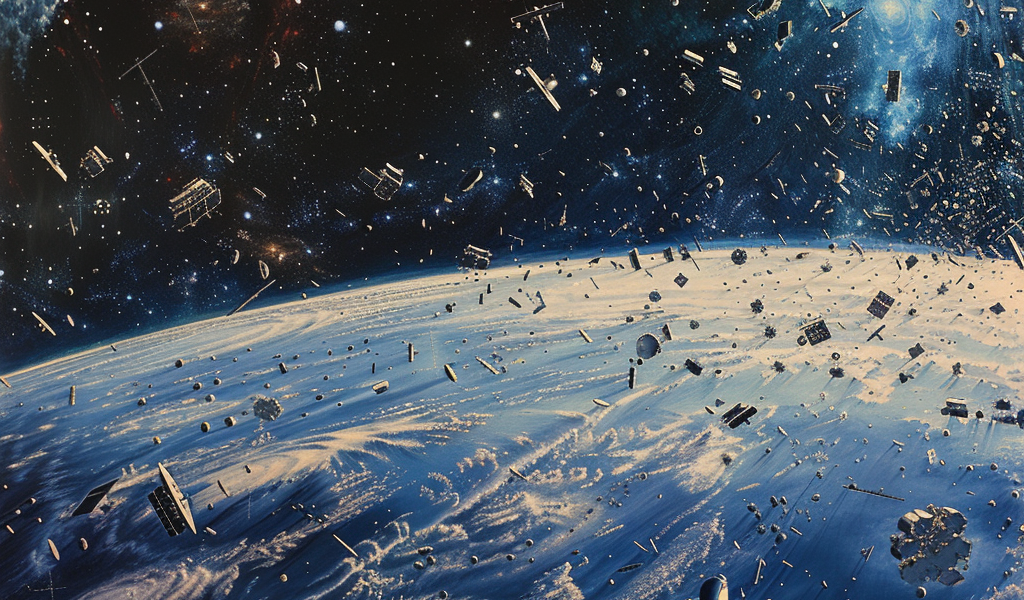As humanity’s reach into space expands, a burgeoning crisis looms over our planet in the form of space debris. With thousands of satellites now orbiting Earth, experts warn that the increasing accumulation of space junk poses significant risks to both current and future space missions.
Since the dawn of the space age, marked by the launch of Sputnik in 1957, the ease and affordability of deploying satellites have surged. This has led to a dramatic rise in the number of objects in orbit. As of 2022, approximately 6,000 satellites were active in space, but projections suggest that this figure could skyrocket to nearly 60,000 by 2030. This escalation raises urgent questions about the management and regulation of outer space.
Nick Shave, managing director of Astroscale UK, an in-orbit servicing company based in Japan, likens the current situation in space to the plastic pollution crisis in our oceans. He emphasizes the need for a cultural shift in how we approach satellite launches and space operations. The current regulatory framework is largely outdated, relying on the United Nations’ 1967 Outer Space Treaty, which fails to address the complexities of today’s space environment.
According to the European Space Agency (ESA), there are now nearly 37,000 tracked objects larger than 10 centimeters in orbit, with over a million additional pieces of debris ranging from 1 to 10 centimeters that remain undetected. John Janka, the global government affairs and regulatory chief officer at Viasat, highlights the dangers posed by this smaller debris, stating that it is nearly impossible to track and can cause catastrophic damage to satellites and spacecraft.
The implications of this growing debris field extend beyond individual satellite damage. The phenomenon known as the Kessler effect, theorized by NASA scientist Donald J Kessler in 1978, suggests that an increase in satellite collisions could create a cascading effect, resulting in an exponential rise in space debris. This scenario could potentially lead to a situation where entire orbits become unusable due to the density of debris.
As the number of satellites continues to rise, the space industry is grappling with the urgent need for effective debris mitigation strategies. Various solutions have been proposed, ranging from active debris removal to improved satellite design that minimizes the risk of producing additional debris. However, the implementation of these strategies faces significant challenges, including technological limitations and the need for international cooperation.
One of the most promising approaches involves developing satellites that can be deorbited at the end of their operational lives. This could significantly reduce the amount of new debris generated. Additionally, companies specializing in in-orbit servicing are exploring methods to capture and remove defunct satellites and debris from orbit.
International collaboration is also crucial in addressing the space debris crisis. Countries and private entities must work together to establish comprehensive guidelines and regulations governing satellite launches and operations. This would not only help mitigate the risks associated with space debris but also ensure the long-term sustainability of space activities.
In conclusion, the exponential growth of satellites and the accompanying increase in space debris present a formidable challenge for the future of space exploration and utilization. Without proactive measures and international cooperation, the risks associated with space junk could jeopardize the safety of satellites and human activities in orbit.





